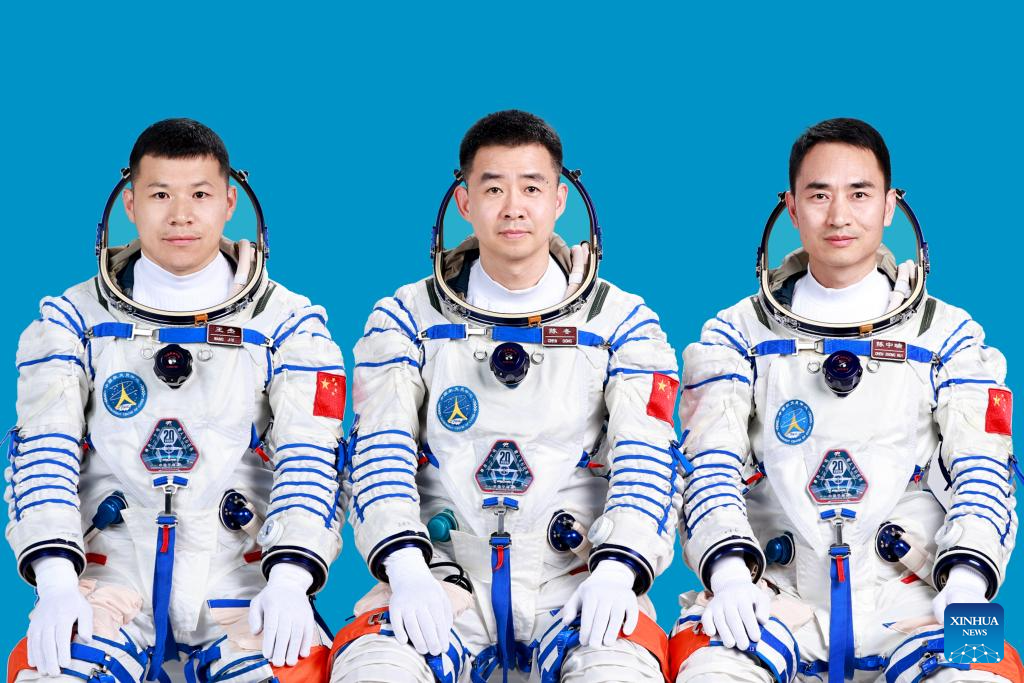Shenzhou-20 Mission
On April 24, 2025, China will launch its Shenzhou-20 mission, carrying three astronauts to the Tiangong space station. This mission coincides with China’s 10th Space Day, celebrating its achievements in space exploration. The crew will conduct various scientific experiments and replace the Shenzhou-19 crew, who will return to Earth shortly.
Mission Objectives
The Shenzhou-20 mission aims to complete the in-orbit rotation of the crew. The astronauts will conduct space science experiments, install a space debris protection device, and perform extravehicular activities. They will also carry life science research objects, including zebrafish, planarians, and streptomyces, to study regeneration and other biological processes in space.
Significance of Space Day
April 24 is celebrated as Space Day in China, commemorating the launch of its first satellite, Dongfanghong-1, in 1970. This day marks China’s commitment to advancing its space programme and encouraging public interest in space exploration.
Future of China’s Space Programme
Shenzhou-20 is the 35th mission in China’s manned space programme. The Tiangong space station is expected to become the only operational space station in orbit once the International Space Station retires. China is actively developing its space capabilities, having been excluded from the ISS due to military concerns.
International Relations and Collaborations
China’s space activities have raised international concerns, particularly regarding its military applications. The country has begun collaborations with Pakistan, with astronauts from Hong Kong and Macau also set to participate in future missions. These partnerships aim to enhance scientific research and promote international cooperation in space.
Tiangong Space Station
- “Tiangong” means Heavenly Palace in Chinese.
- It is China’s first modular space station, developed by the China National Space Administration (CNSA).
- Tiangong is located in low Earth orbit (LEO).
- It became operational in 2021 and is expected to function until 2028.
- The station has three modules:
- It is smaller than the International Space Station (ISS), which has 16 modules.
- Tiangong has independent power, propulsion, life support, and living facilities.
- It will operate in the same orbit as the upcoming Xuntian space telescope, so astronauts can easily maintain and upgrade the telescope.
- China is the third country (after the USA and Russia) to:
- Send humans to space, and
- Build its own space station.
Month: Current Affairs - April, 2025
Category: Science & Technology Current Affairs







